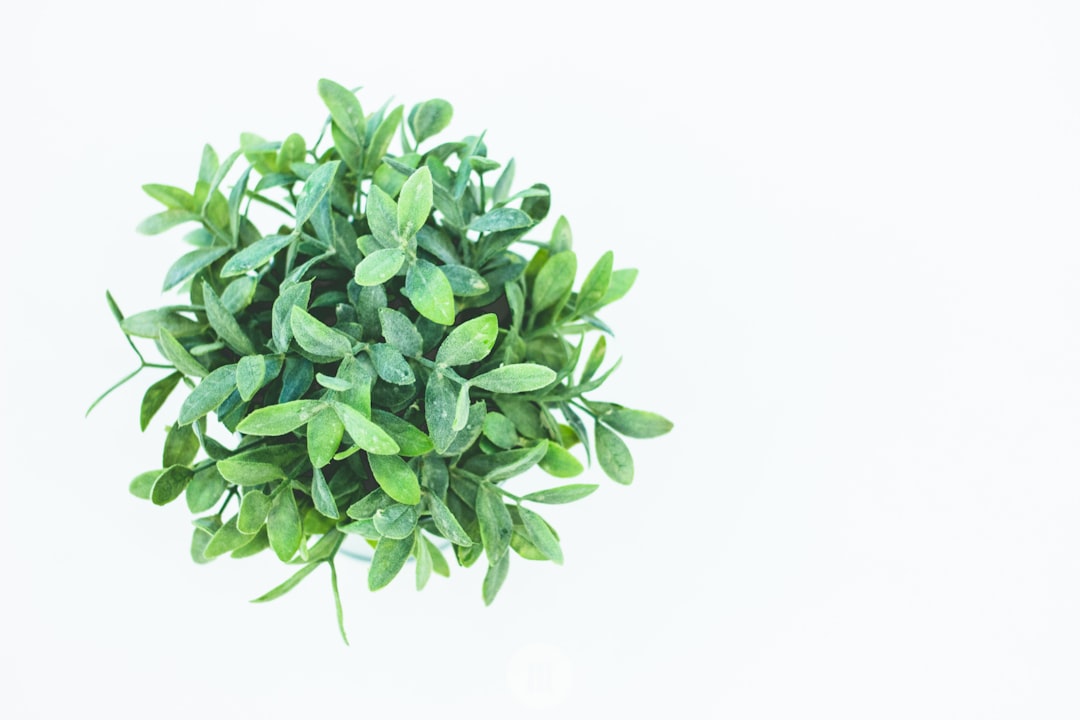What is it about?
The research article explores the unique development and function of crystallin genes in the octopus Octopus minor, offering insights into the convergent evolution of complex visual systems in cephalopods and vertebrates. This work highlights the genetic underpinnings that enable octopuses to have sophisticated eyes similar to those of vertebrates, despite their distinct evolutionary paths, providing valuable perspectives on the adaptability and evolution of sensory systems in different life forms.
Featured Image

Photo by Dustin Humes on Unsplash
Why is it important?
This research is significant because it offers insights into the evolutionary adaptations of octopus vision, potentially advancing our understanding of convergent evolution in vision systems across different species. By examining the molecular development of crystallin genes in octopus eyes, the study not only contributes to the field of evolutionary biology but also might have implications for biomedical research related to eye health and disease in humans.
Perspectives
The research provides various perspectives on the evolutionary development of vision systems. It highlights the intricate ways in which octopuses have evolved similar visual capabilities to vertebrates, despite their divergent evolutionary paths. This convergence suggests that certain biological solutions to environmental challenges, such as efficient vision, may be optimal and thus reappear in unrelated species. The study also opens avenues for cross-disciplinary research, linking evolutionary biology with genetics and ophthalmology, which could lead to novel insights into eye development and disease treatment in humans.
Kyoung-Bin Ryu
National Institute of Food and Drug Safety Evaluation
Read the Original
This page is a summary of: Eye development and developmental expression of crystallin genes in the long arm octopus, Octopus minor, Frontiers in Marine Science, May 2023, Frontiers,
DOI: 10.3389/fmars.2023.1136602.
You can read the full text:
Contributors
The following have contributed to this page










